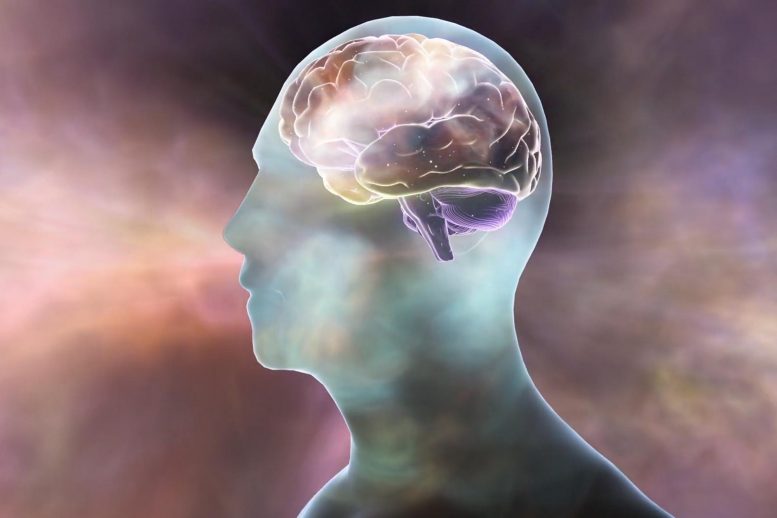Tohoku University’s study reveals that manipulating astrocytes in mice’s brains impacts memory retention. Acidifying astrocytes hinders long-term memories, whereas alkalinizing them preserves these memories, indicating a possible method for treating memory-related disorders.
One of the brain’s most remarkable capabilities is its ability to store information as memories, enabling us to learn from past mistakes. While some memories remain clear and vivid, others fade away. Unlike computers, which save data uniformly, our brains selectively retain only those memories deemed significant.
Researchers at Tohoku University have discovered that astrocytes, a special type of cell that surrounds neurons in the brain, play a crucial role in this memory selection process. Their experiments showed that artificially acidifying astrocytes does not affect short-term memory but does prevent the long-term retention of memories.
The findings were detailed in the journal GLIA.

The researchers implemented a technique called “optogenetics” to manipulate the astrocytes by shining light onto them through optical fibers inserted in the mice’s brains. This enabled researchers to directly stimulate and either acidify or alkalinize the astrocytes in that area. They focused on the functions of astrocytes in the amygdala, a brain region known to be crucial for regulating emotion and fear.

A mild electrical shock was delivered to mice in an experiment chamber. When placed back in the same chamber, the mice remembered the shock and froze as a natural response. In comparison, the mice who had their astrocytes acidified immediately after the mild shock were able to hold onto the fear memory temporarily, but they forgot it by the next day. This shows that acidifying the astrocytes did not affect short-term memory but prevented the memories from being remembered long-term.

Implications for Memory Formation and PTSD Treatment
A different effect was seen for mice who had their astrocytes alkalinized. When tested three weeks later, control mice typically showed signs of forgetting, demonstrated by a decrease in freezing responses. However, mice whose astrocytes were alkalinized immediately after a strong shock still displayed strong fear responses even after three weeks. This suggests that astrocytes play a key role in determining whether memories are erased or preserved for a long time, immediately after a traumatic event.
While it is generally believed that memories are formed in a continuous process whereby short-term memories gradually solidify and become long-term memories, this research suggests they may actually develop in parallel. “We believe that this could change the way we understand memory formation,” says Professor Ko Matsui of the Super-network Brain Physiology lab at Tohoku University, who led the research. He added, “The effect of astrocytes on memory likely also depends on various contexts, including mental, social, or environmental factors.”

Lead investigator Hiroki Yamao believes astrocytes could hold the key to understanding emotional changes and memory formation. “This may be just a glimpse of how astrocytes affect emotional information processing,” Yamao explains. “Our next goal is to uncover the mechanisms by which astrocytes regulate emotional memory. Understanding these processes could pave the way for therapies that prevent traumatic memories from forming, offering a valuable approach to treating disorders like post-traumatic stress disorder (PTSD) by intervening in memory formation.”
DOI: 10.1002/glia.24636
